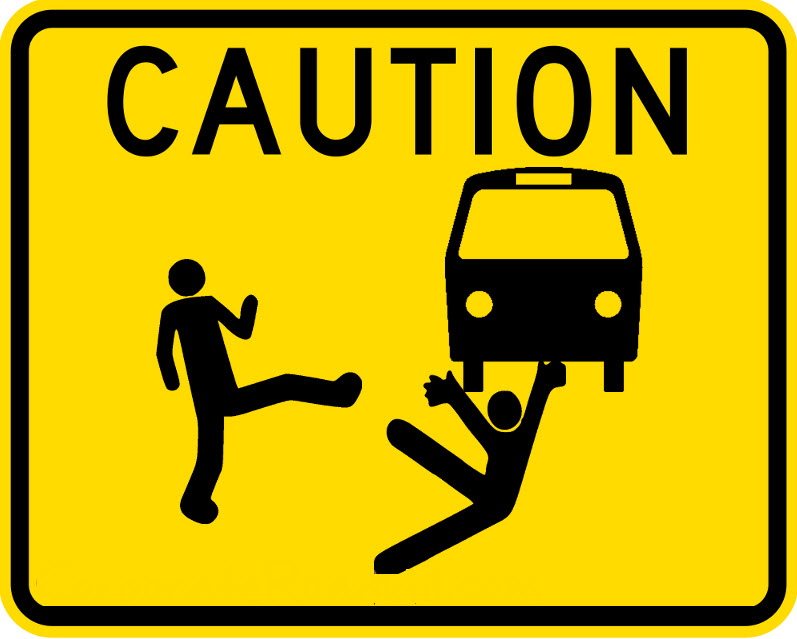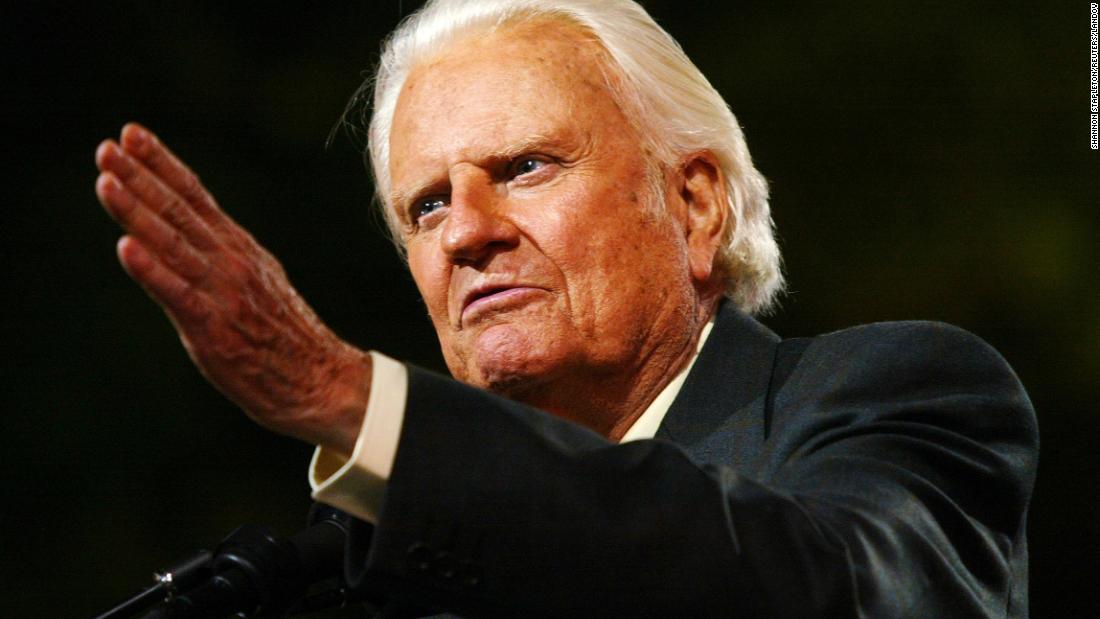
We keep moving forward, opening new doors and doing new things, because we’re curious, and curiosity keeps leading us down new paths. – Walt Disney
The story is told of two men riding a tandem bicycle up a steep hill. After much effort, they finally made it to the top of the hill. The front rider said, “That was a tough ride.” To which the second rider replied, “Sure was, and if I hadn’t kept the brake on we might have slipped backward.”
While that humorous story may bring a chuckle, there’s not much to smile about when that same mindset is at work within your organization.
You know the type of people I’m talking about – those who are the last to adapt to change, those who always seem to hold up progress, and those who always have a reason as to why things can’t be done. They are the ones applying the brakes.
Identifying those who are applying the brakes within your organization may not necessarily be hard to figure out, but the greater question is why they are doing it. So let me ask you – is everyone who applies the brakes an obstructionist? Are there times when it’s actually a good option?
Allow me to share six quick insights with you. The first three are the times when a person in your organization is applying the brakes for negative or selfish reasons. The last three are when it’s in your best interest to hit the pause button for the moment.
Fear of the future
Those who hold the brakes can be those who are simply afraid of the future. This can be the case because they fear that you will be unable to replicate the successes of the past or a fear of repeating its mistakes. Either way, it’s fear that motivates them to hold the brakes going forward.
Traditions die hard
Some hold the brakes because they just can’t let go of the way things have always been done. It’s the proverbial mindset of “if it ain’t broke, don’t fix it”, that stifles creativity and holds the team back and prevents progress. Some traditions die harder than others, but so long as people hold onto them they are hindering progress. Click To Tweet
Loss of control
It’s sad to say, but true nonetheless -some people apply the brakes because it’s the only option they have left. If they can’t be in control of the future direction of the organization then their last tactic is to hold up progress for everyone else.
The mission isn’t clear
Some of your team may be applying the brakes because the mission isn’t clear and going forward without that clarity may not be the best option. To be sure, sometimes the brakes are applied out of personal grievances, but sometimes the brakes need to be applied because there’s no clear path forward. Knowing the difference is the key to smart leadership.
The objective is right but the timing is wrong
Timing is everything when it comes to your organizational mission. The best goals executed at the wrong time can sink you. Click To Tweet Understanding the law of timing is essential to your leadership and to your success.
Not everyone has bought in
Sometimes you need to apply the brakes before going forward because not everyone on the team is on board. You need all of your team members moving in the same direction with clarity of purpose. It’s up to you as a leader to get them there. When the timing is right and the mission is clear then you can release the brakes and unleash your potential.
Essential to your leadership development and organizational growth is knowing when to apply the brakes and when to release the brakes. It will make all the difference going forward.
©2019 Doug Dickerson






 D
D




